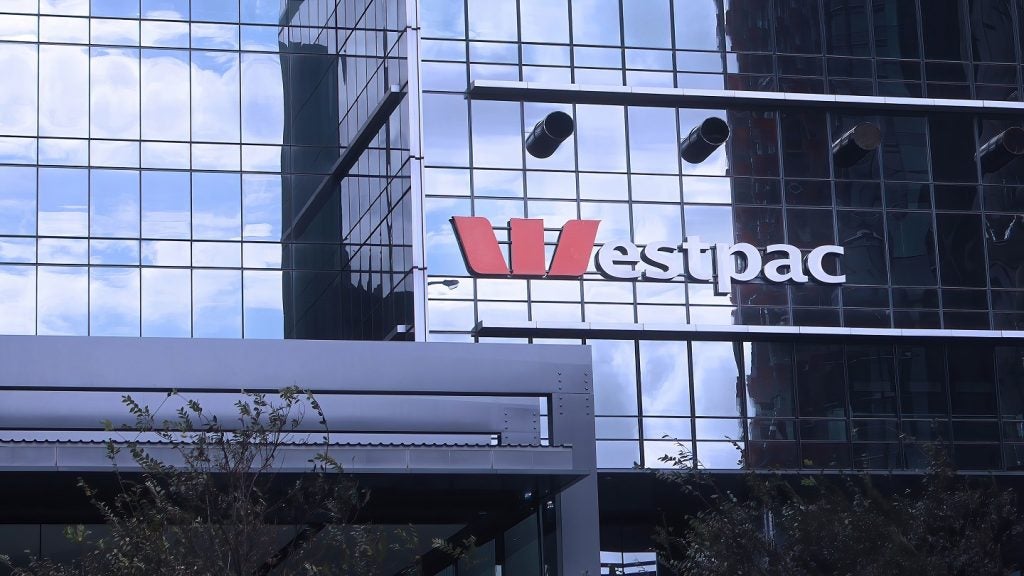US regulators have proposed new rules that would compel the largest banks to hold more cash to withstand liquidity crisis in case of a potential financial collapse.
The new mandate, known as the Net Stable Funding Ratio Rule, would be applicable to banks, bank holding companies, and savings and loan holding companies with $250bn or more in assets or $10bn or more in foreign exposures.
Under the new rule, these entities would be required to hold capital, long-term debt, and other stable funding sources over a one-year window, to withstand risks posed by risky vehicles including derivatives, and off-balance sheet activities.
"This way, covered institutions would be less at risk of facing funding disruptions or liquidity runs that could threaten their viability. The proposed rule would thereby enhance the resilience of the banking system as a whole by ensuring that banking institutions subject to this rule have sufficient amounts of stable funding," Federal Deposit Insurance chairman Martin Gruenberg said in a statement.
Banks with total assets between $50bn and $250bn would have to face a less-strict version of the rule.
"Maintaining sufficient amounts of stable funding strengthens a bank’s liquidity profile by reducing the risk of funding disruptions," Gruenberg stated.

US Tariffs are shifting - will you react or anticipate?
Don’t let policy changes catch you off guard. Stay proactive with real-time data and expert analysis.
By GlobalDataThe new rule would complement an earlier mandate finalised in 2014 that requires big lenders to hold high-quality assets to combat liquidity concerns in case of a 30-day crisis.








